Last time on The Path I shared details of my EWS Training Program designed by professional coach and sports scientist, Professor Geraint-Florida James. So, how has it panned out? What was the impact? Does enduro specific training make you a faster rider? Should you kill yourself with a pro-level training plan, too? Let’s find out!
Here’s what I’m training for…
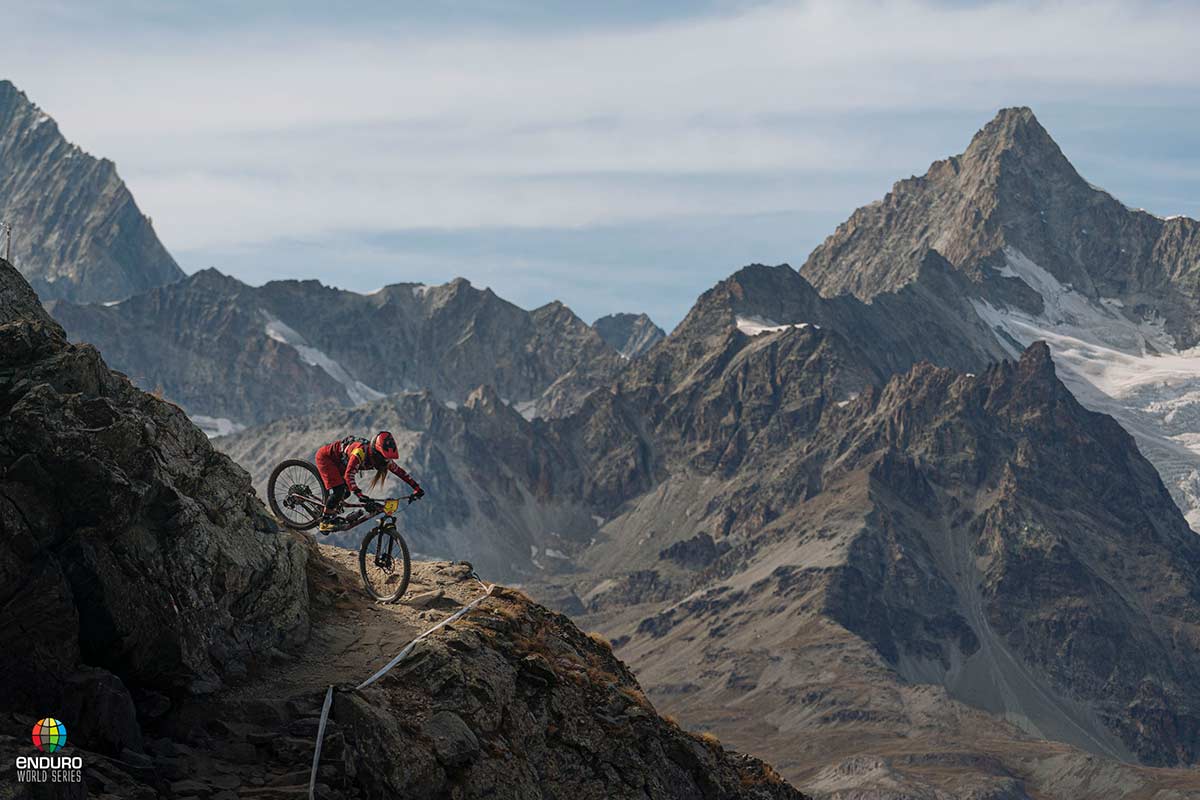
Since publishing Part Two, training has continued in much the same vein as described there, with a few key alterations. Why the changes? We got some big news recently. My 2020 race season has changed to include Round 1 in Zermatt, Switzerland!
The opening round of the 2020 EWS is scheduled for August 30th. The small, car-free Alpine village, nestled away at a lofty 1,608m played host to the final round of the Enduro World Series in 2019. The one-day race saw riders descend over 15,000 feet, with the striking silhouette of the Matterhorn as a stunning backdrop.
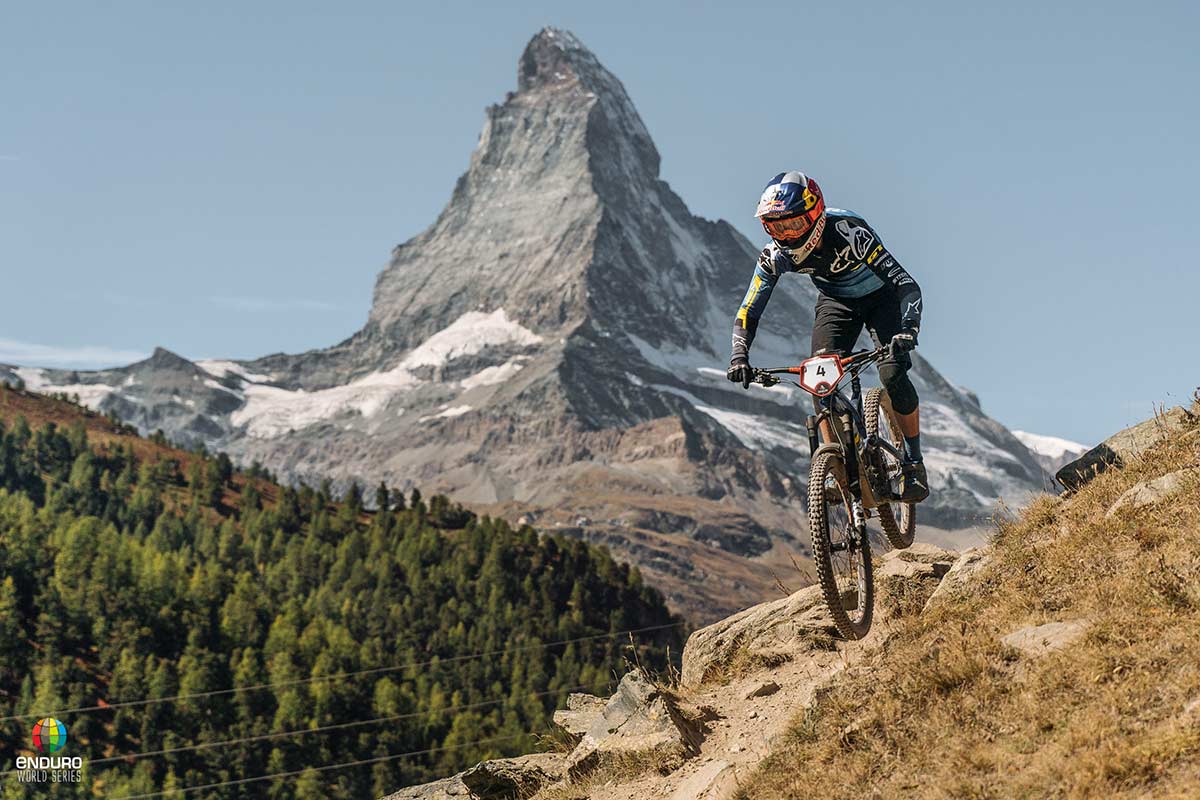
In Part Four, I will share details of how my training has become even more specific, designed specifically for the run up to Zermatt. The terrain is allegedly moonscape-like, with boulder fields aplenty, tight-as-they-come switchbacks, dust… all features I rarely (if ever) get to ride in the loamy Tweed Valley of Scotland.
Up to this point, though, I’ve suffered through a Scottish Winter, training six days per week in the wind, rain, slop… and so on. But, has it actually made a difference?

Does enduro specific training make you a faster rider?
We can answer this in two ways. Do I feel like I’m a faster rider? And, am I actually measurably faster?
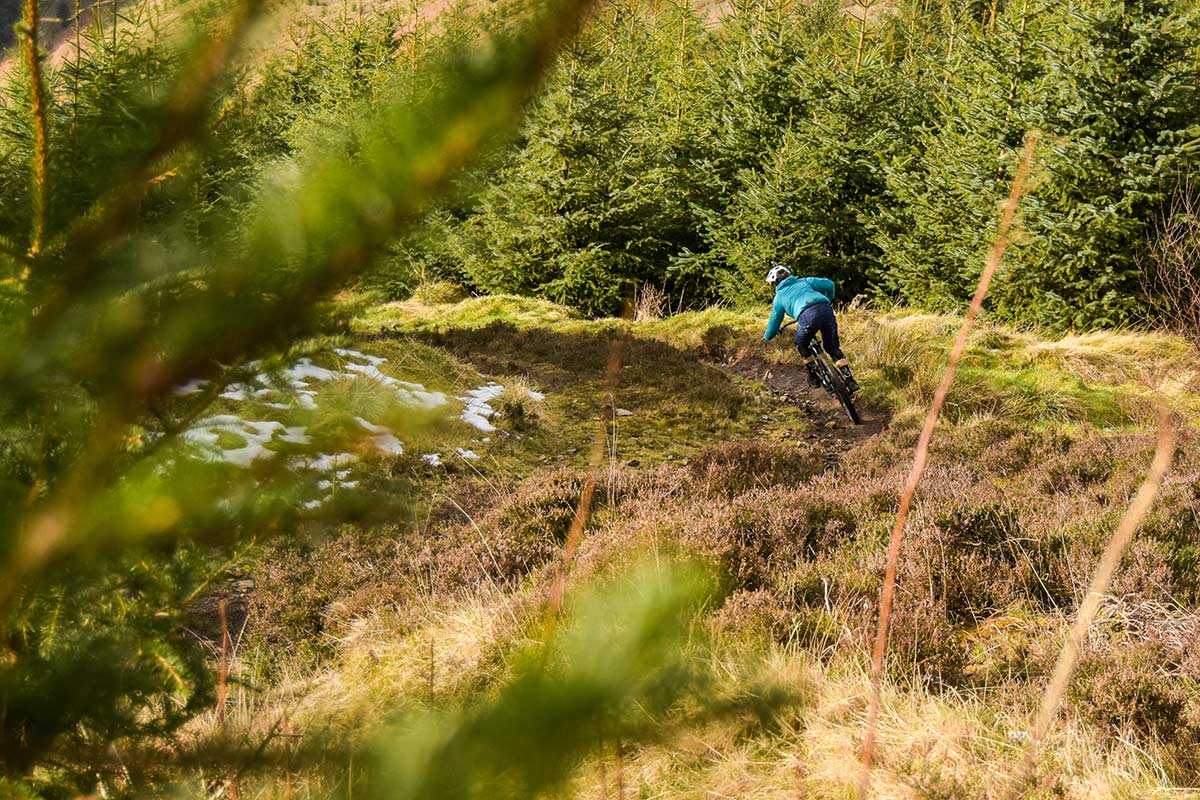
Does training make you measurably faster?
I had planned to measure gains (or losses) at Edinburgh Napier University’s Sports Science Facility. I was looking forward to geeking out on VO2 Max data (aerobic test) and Wingate Test data (anaerobic). Then, a global pandemic went down so… yeah.
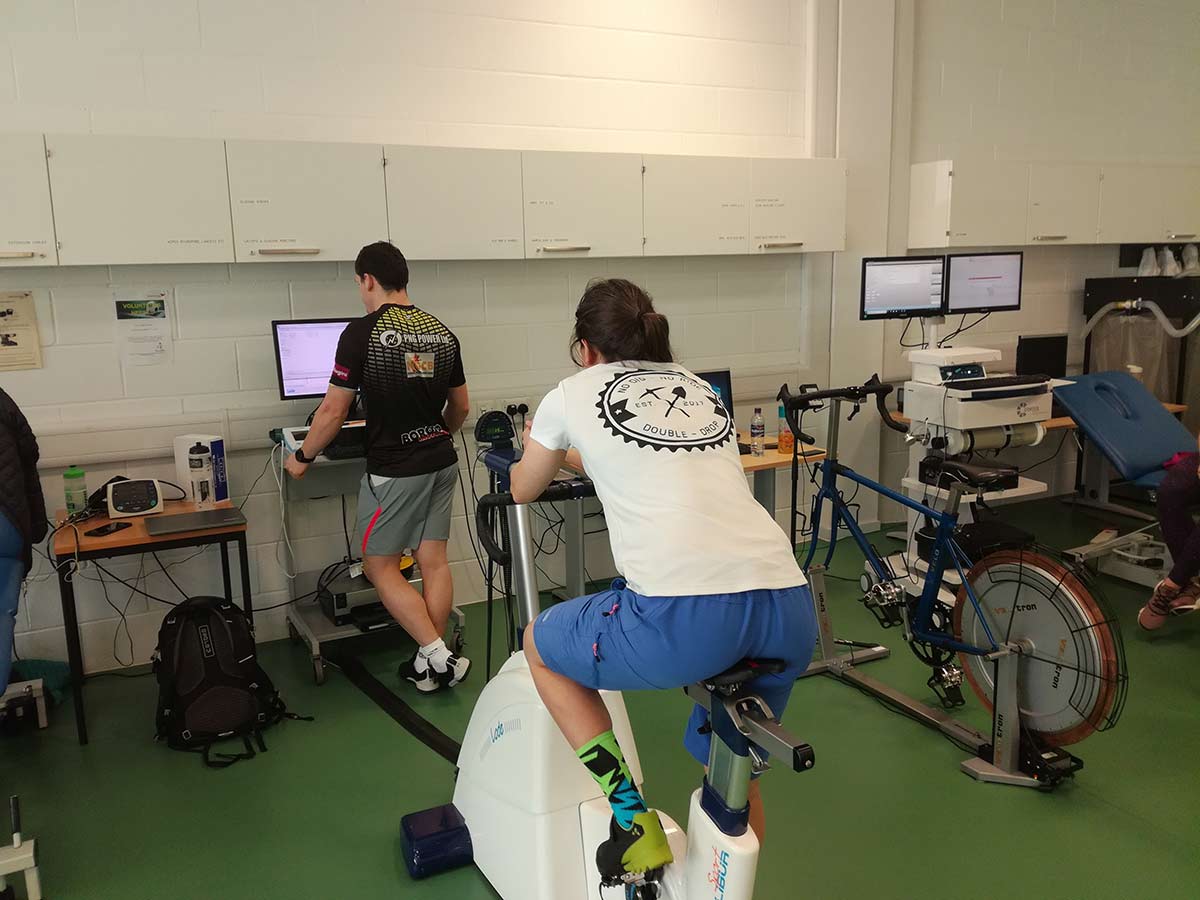
Luckily, I record almost all of my training sessions on Strava. In the absence of actual scientific data on my fitness attributes, I can at least rely on Strava segments. So, my QOM (queen of the mountain) count has risen steadily over the last nine months since I started enduro specific training. But, QOMs rely on comparing ourselves to others which almost never ends well.

What’s more useful to know is how much my descent times have come down over that period of training. My Summit Strava account gives me historical data for every segment I’ve ever ridden.
So I can now track how my times on each of those segments/trails has changed. I used the same GPS tracking device for the duration – the Bryton Rider 420, so comparisons should be legitimate in that sense.
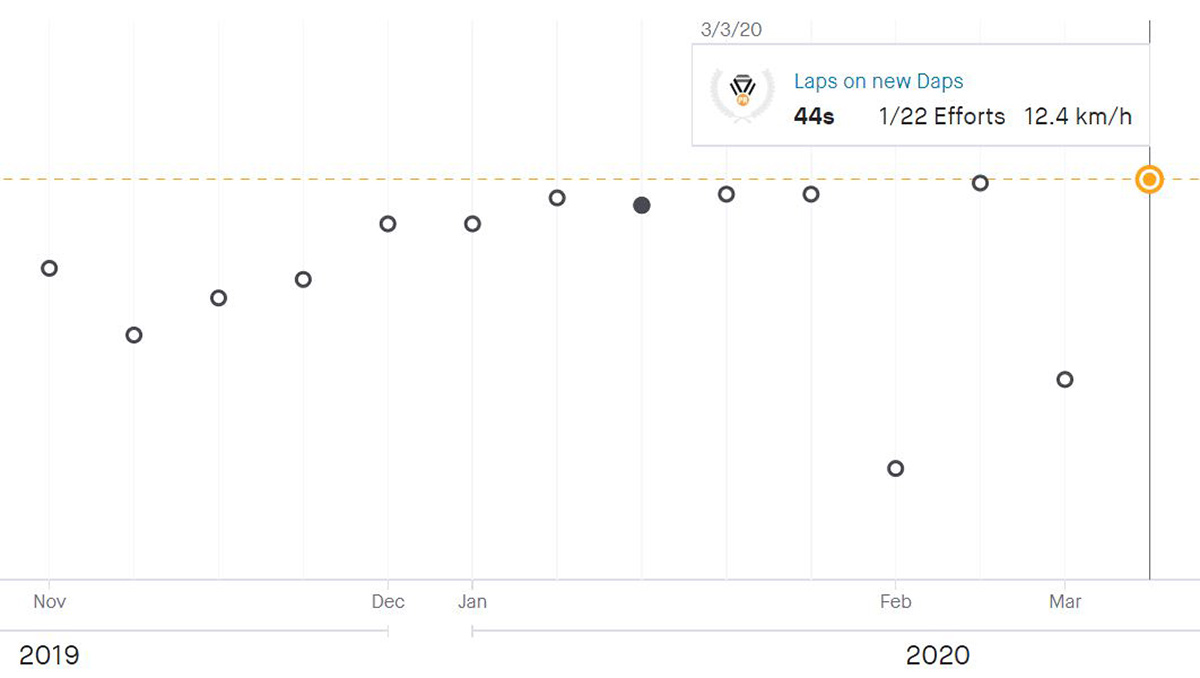
That’s a relief. A quick segment search for a short local track tells me that my times have been slowly creeping down since November. In early January I was recording times around the 56 second mark.
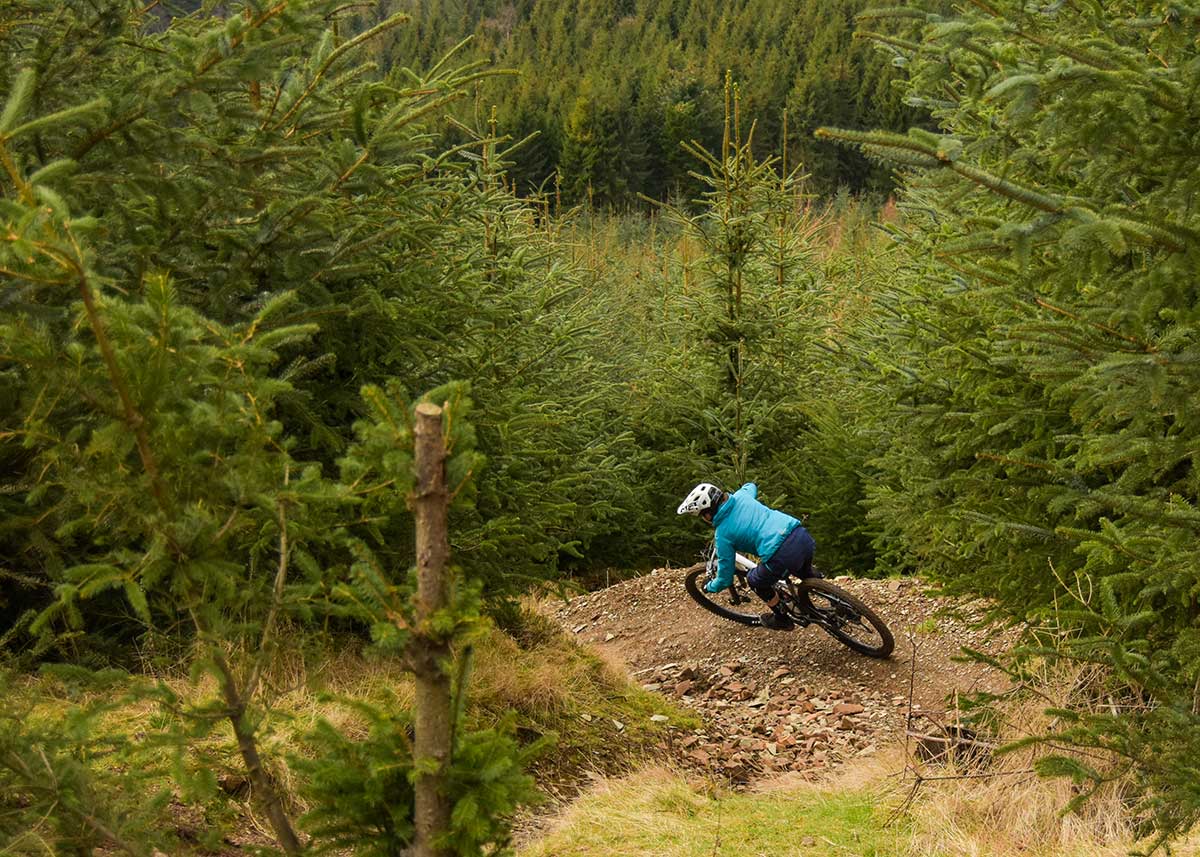
Now, my times are down to 44 seconds, an improvement of over 21%. Ultra pleasing. Clearly there are some outliers there but we’ll put that down to waiting for pals (who aren’t slow, but were probably faffing mid-trail).
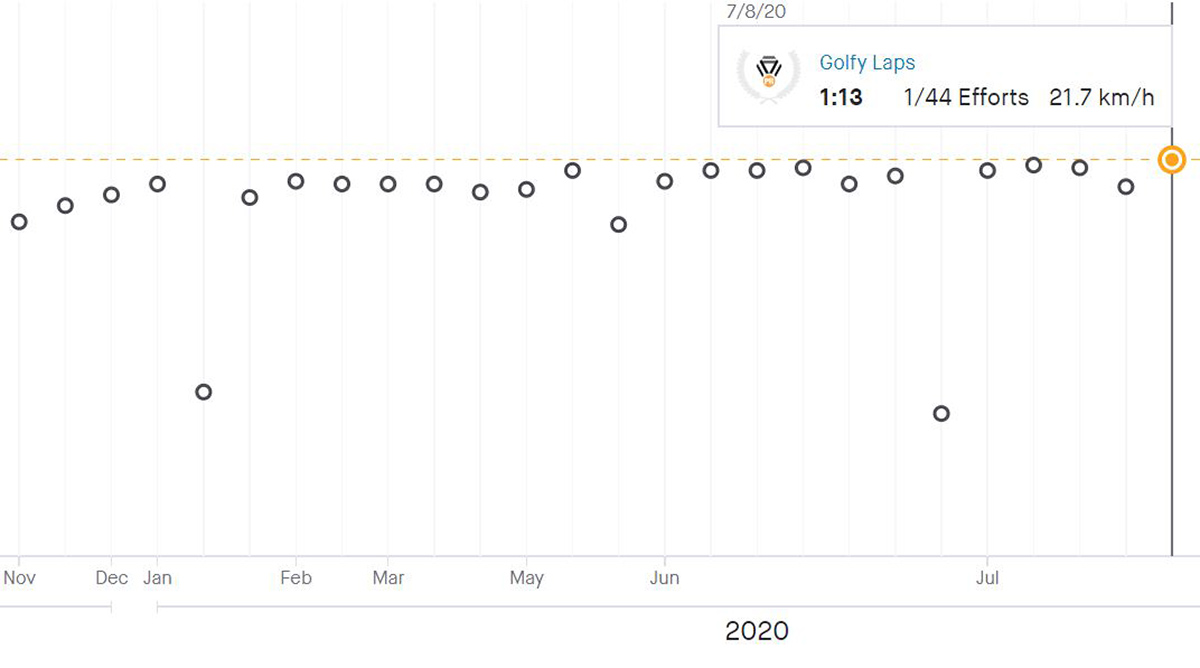
Here’s a second example. This one’s a section of track that was used at a 2014 Enduro World Series round, called Repeat Offender. Pleasing again to see my time come down from 1:30 to 1:13 since I started training. A gain of 18%. It’s all going in the right direction!
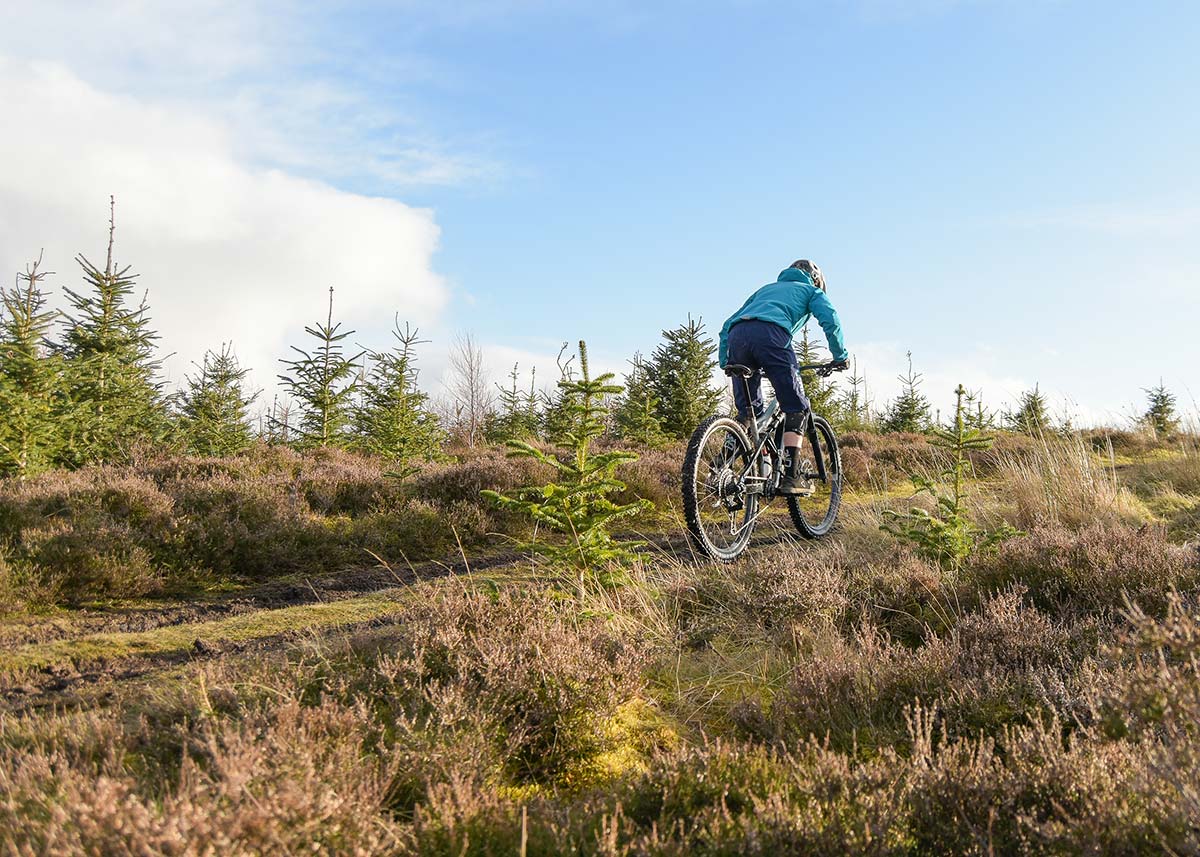
My descents have got faster, but so have my hill interval times. I’ve seen rep times come down by 15% since I started this enduro specific training program under a professional coach.
Does enduro specific training make you feel faster?
And I can feel it too. I feel like i’m going faster, but I’m also a lot smoother on the bike.
No great surprise, but when you start seeing real, measurable gains for the first time in your life, it does feel like magic. I’ve always known that training would make me fitter and stronger but I didn’t know it would make me a better rider too. That’s what is exciting.

I feel a lot stronger on the bike; I can stay off the brakes more, knowing I now have the upper body strength to take bigger and faster successive hits. I find myself hopping root features and hitting new high lines that were way beyond my perceived ability before.
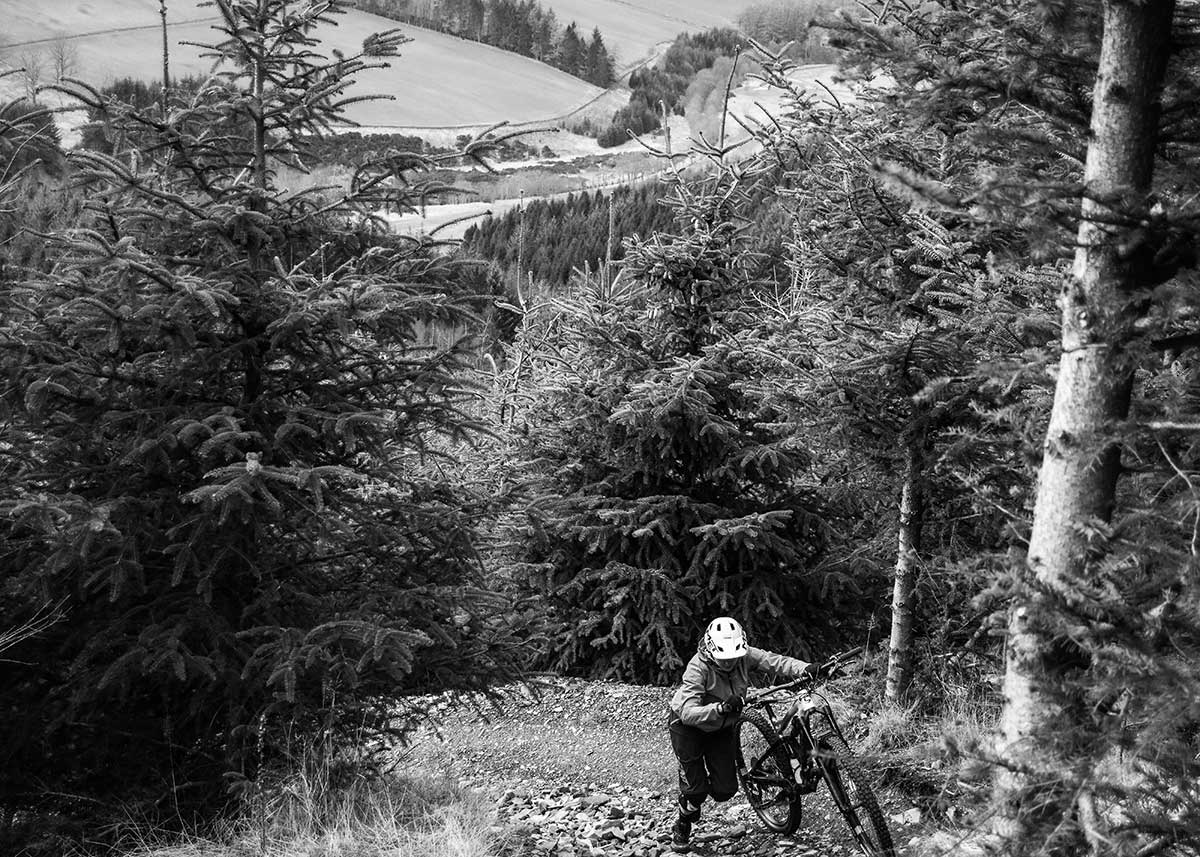
The act of going through the motions, getting up every morning (OK, I have missed one or two sessions), putting in the hard graft, and spending time sessioning trails has instilled a bit of confidence in my riding. I’ve put in the hard yards so I should be a better rider.
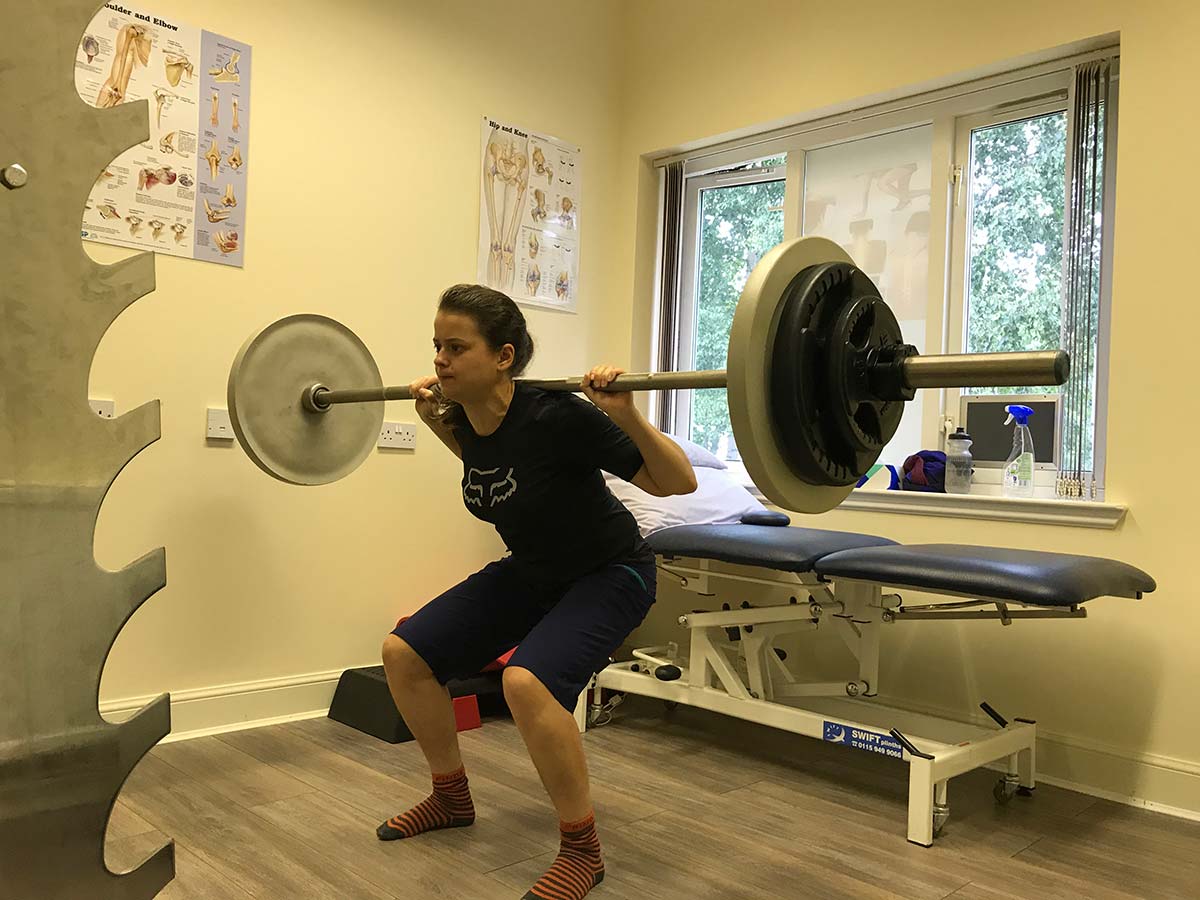
What’s most noticeable is the reduced fatigue on descents. I find myself tiring much further down the trail than previously, allowing me to go faster for longer. The push-ups and time spent in the weights room doing squats, dead-lifts and shoulder-press has definitely paid off.
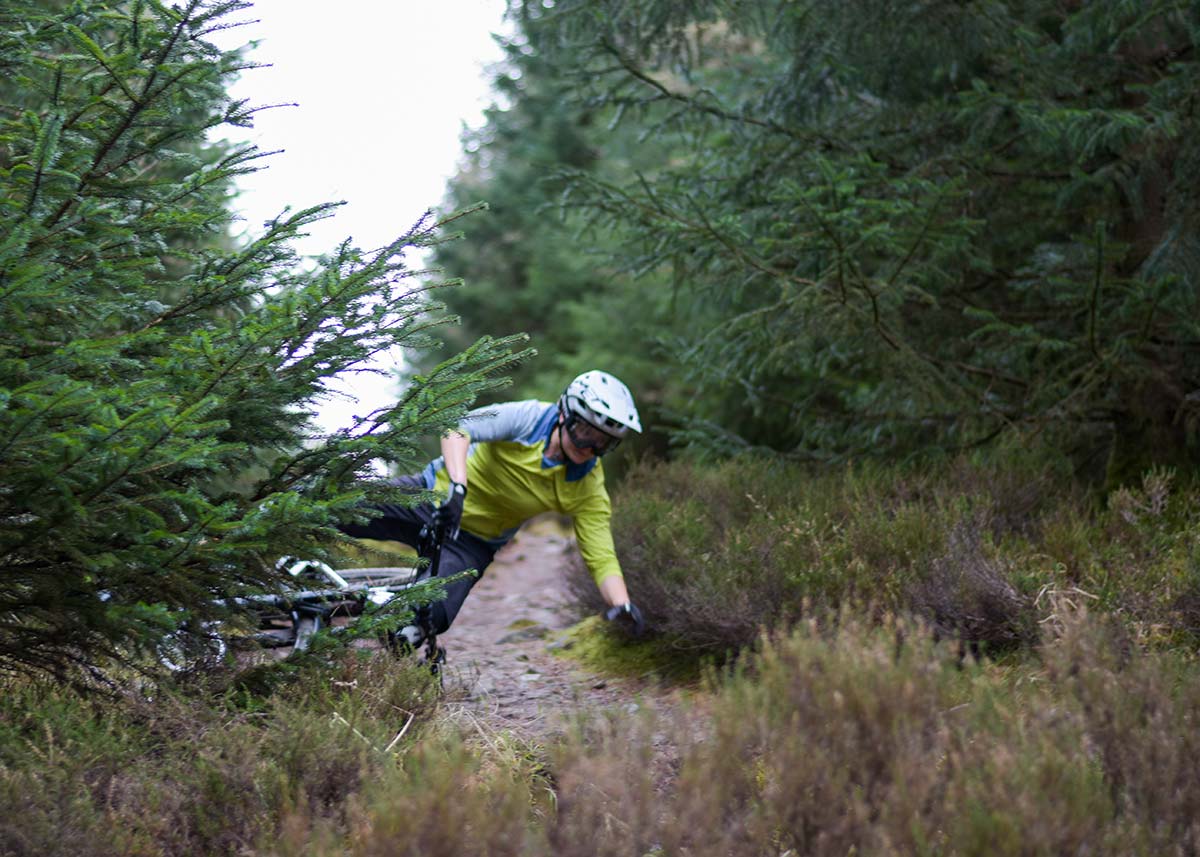
Next time on The Path
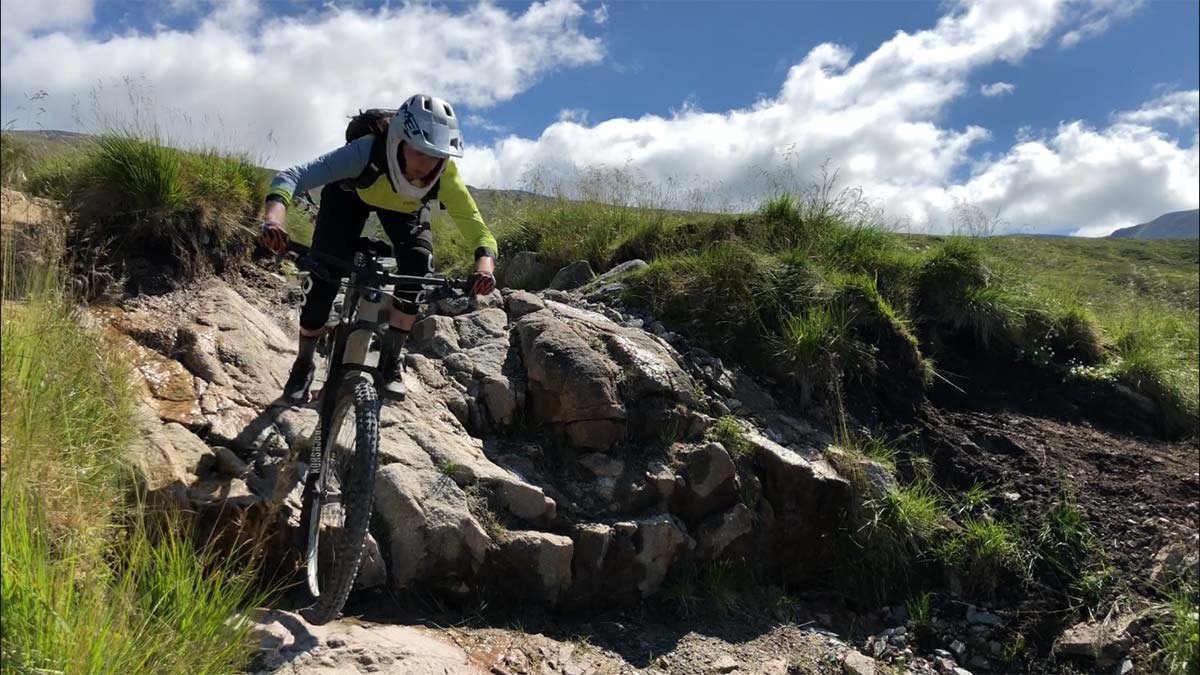
I’m heading North to sample some of Scotland’s rougher, rockier terrain in preparation for EWS Round 1 in Zermatt. Of all of Scotland’s built trails, Fort William’s DH and Top Chief Enduro tracks probably come closest to what lies in store in Switzerland. We’ll also head deeper into the highland hills in search of unacceptably tight switchbacks, a feature Zermatt is infamous for.
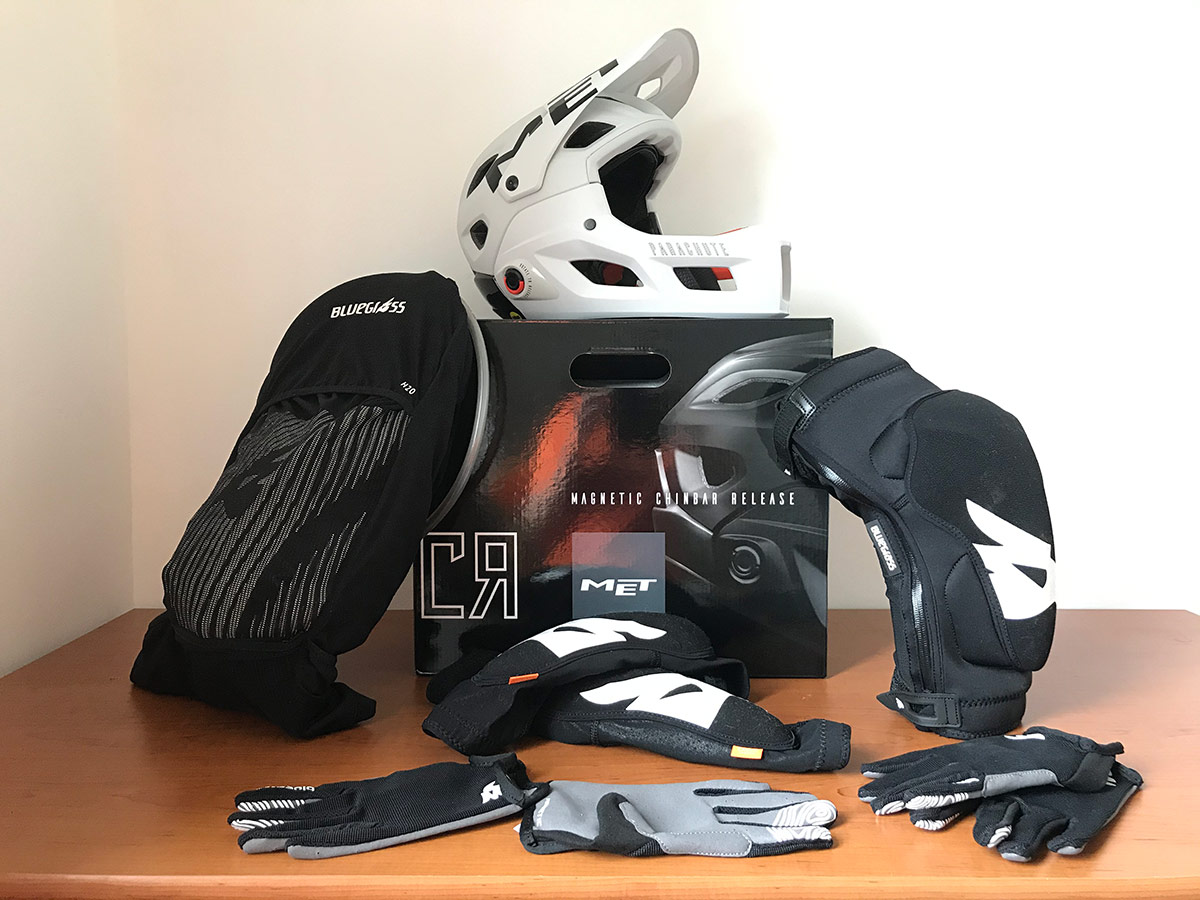
Join us next time to catch that action, and more info on how my enduro training program gets even more specific as we count down to race day.

This project is supported by MET Helmets and Bluegrass Eagle Protection.
Thank you to Professor Geraint Florida-James for overseeing my enduro training program, and BSpoke Cycles for ongoing mechanic support. Thank you also to Cannondale, Adrenalin Uplift and Strava.

